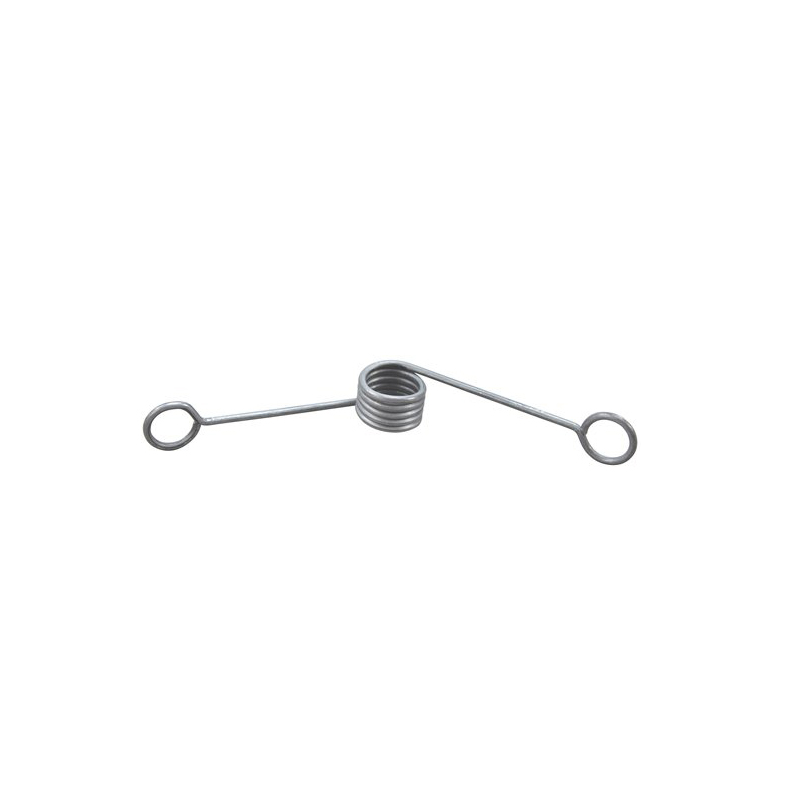
- Mobile Phone
- +8613931874955
- sales@cntcmetal.com
ties for brickwork
Ties for Brickwork A Comprehensive Guide
When it comes to construction, brickwork is one of the most enduring and popular building techniques known for its combination of strength, aesthetics, and durability. However, to ensure the integrity of brick structures, the use of ties is essential. Ties are structural components that provide stability and support, particularly in cavity wall construction. This article delves into the significance, types, and installation methods of ties used in brickwork.
What Are Ties in Brickwork?
Ties are metal or plastic components used to connect different walls or layers of materials in masonry construction. They play a vital role in maintaining the structural integrity of a building, preventing deformation, and allowing for the free movement of materials without compromising safety. In typical scenarios, ties are employed in cavity walls to ensure that the outer and inner leaves of the wall act together, preventing them from moving independently.
Importance of Ties in Brickwork
1. Structural Stability Ties help in maintaining the alignment and stability of brick walls, especially in high structures where wind and seismic activities can impose lateral forces. By connecting the inner and outer wall leaves, ties reduce the risk of collapse or damage.
2. Preventing Moisture Ingress Cavity walls are designed to facilitate moisture drainage, and ties help in keeping the cavity clear of obstructions. By providing a robust connection, ties minimize the risk of water penetration, enhancing the building's durability.
3. Load Distribution In multi-storey buildings, ties ensure that loads are adequately distributed across the structure. They help to transfer forces from one wall section to another, enhancing the overall stability and longevity of the building.
4. Aesthetic Flexibility Ties come in various designs and materials, which can complement the architectural aesthetics of a building. This allows architects and builders to have flexibility in their designs while ensuring structural integrity.
Types of Ties Used in Brickwork
1. Steel Ties Generally made from stainless or galvanized steel, these ties are favored for their strength and durability. They come in various shapes and sizes, including horizontal and vertical types, and are suitable for most building applications.
2. Plastic Ties In some cases, especially in environments that are prone to corrosion, plastic ties are used. They provide adequate support while being resistant to moisture, making them suitable for external applications.
ties for brickwork

3. Brick Ties These are specific types of metal ties designed to be embedded in the mortar joints of bricks. Brick ties provide durable connections between the leaves of cavity walls or between brickwork and other masonry.
4. Anchor Ties These ties secure the masonry to other structural elements, like concrete or steel frames. They are crucial in hybrid construction methods, where different materials and systems are combined.
Installation Methods of Ties
Proper installation of ties is vital for performance. Here are some guidelines for installing ties in brickwork
1. Follow Manufacturer Recommendations Always adhere to the manufacturer's specifications regarding the type, spacing, and installation method of ties.
2. Correct Spacing The spacing of ties should meet building codes and regulations; typically, ties are placed at intervals of approximately 600mm vertically and 900mm horizontally, but local codes may vary.
3. Embedment Ensure that ties are correctly embedded into the mortar joints. For steel ties, at least 50mm of the tie should be embedded in the mortar to achieve maximum strength.
4. Adjust for Movement It is essential to account for building movement. Ties should be installed in a way that allows for subtle movement without breaking the ties or damaging the brickwork.
5. Quality Assurance After installation, inspect the ties to ensure they are secure and correctly positioned, which is critical for maintaining the building's integrity.
Conclusion
Incorporating the right ties into brickwork is crucial for ensuring structural stability, moisture management, and aesthetic appeal. Whether employing steel, plastic, or specialized brick ties, understanding their significance and proper installation techniques will lead to safer, more durable constructions. As architectural practices continue to evolve, the importance of ties in brickwork will remain vital in safeguarding the integrity of our built environment. By prioritizing quality materials and effective installation methods, builders can create structures that stand the test of time, ensuring the safety and satisfaction of future generations.
share:
-
Creative Ways to Decorate Your Tomato CageNewsAug.22,2025
-
Common Mistakes When Installing Brick Wall TiesNewsAug.22,2025
-
Customizing Conical Springs for Aerospace ApplicationsNewsAug.22,2025
-
Galvanized Tie Wire for Binding PipesNewsAug.22,2025
-
Environmental Impact of Using Snake Spacers in PlumbingNewsAug.22,2025
-
Sacrificial Formwork Systems for Complex StructuresNewsAug.22,2025
-
Wall Ties for Concrete: Invisible Guardians of Building Structural StabilityNewsAug.08,2025
